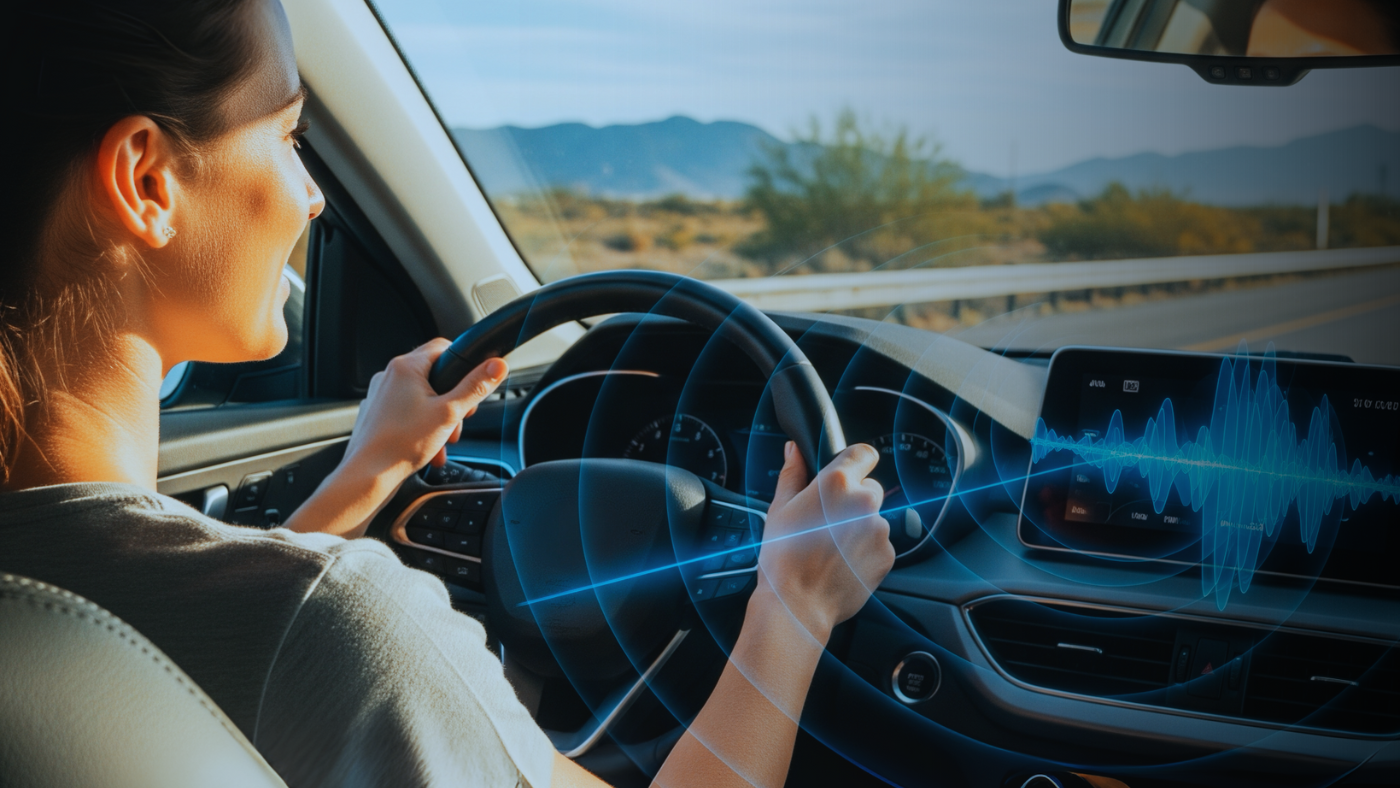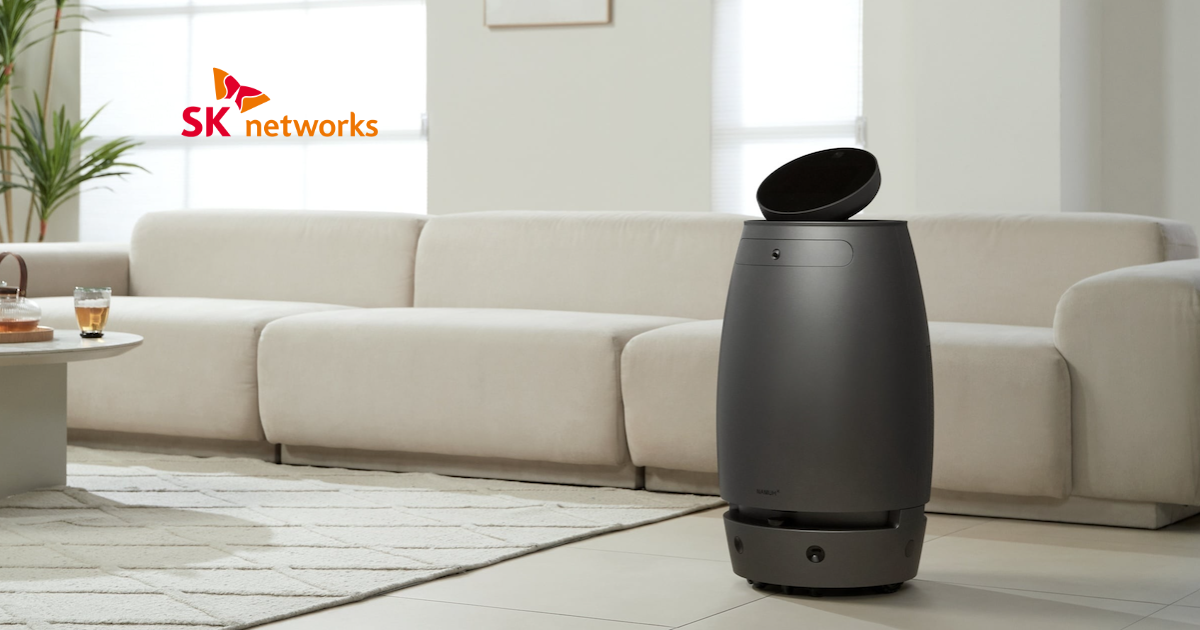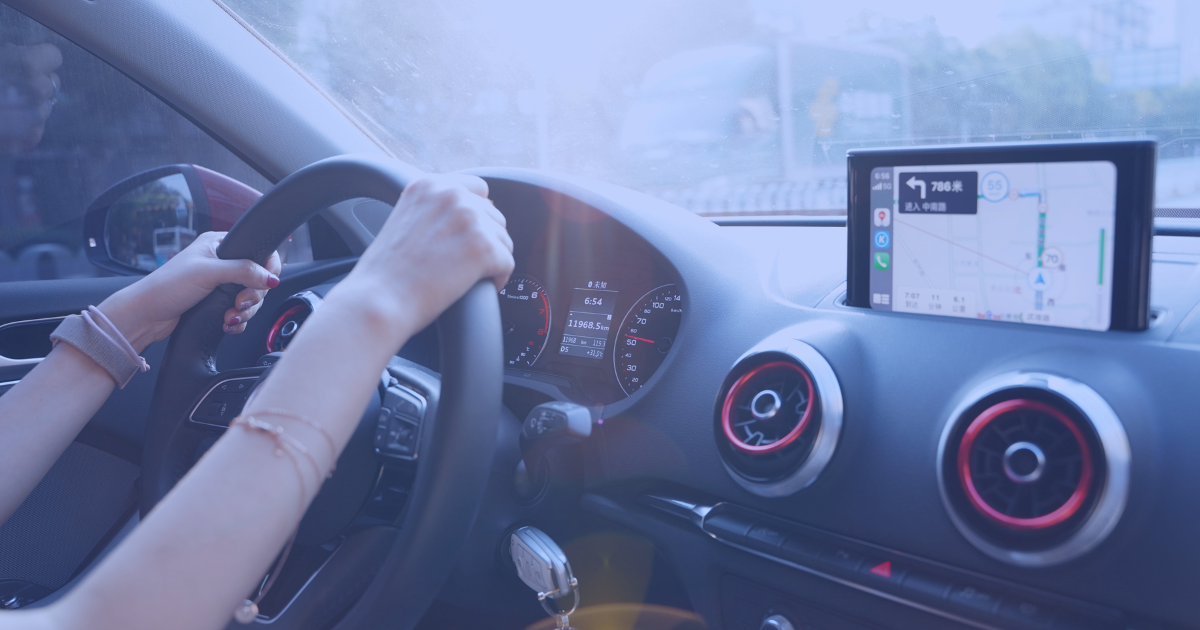Voice technology has permeated every aspect of our lives. Therefore, it is essential to understand the differences between speech recognition and voice recognition and how they work.

Voice technology has permeated every aspect of our lives. We use speech recognition and voice technology to get information, navigate, translate our voice into text, and give voice assistants and even our cars actionable commands.
Businesses are implementing voice and speech recognition technologies into their office, marketing, and consumer-end offerings.
With this growth, voice and speech technology advocates, marketers, and end-users have blended the terminology to describe these technologies to mean the same thing. However, the two technologies use separate processes and output different responses.
The simplest explanation of the differences between speech and voice recognition:
- Speech recognition translate anyone’s voice
- Voice recognition understands a specific user’s voice.
It is essential to understand these technologies as businesses increasingly look for ways to improve operations, communication, and growth using voice and speech recognition devices.
In the following, we explain the differences a little more in-depth and their uses.
What is Speech Recognition?
The simple definition of speech recognition is a technology that enables a computer to recognize, understand, and translate human speech into text.
Speech recognition technology uses natural language processing or NLP and machine learning to translate human speech.
Engineers used the term automatic speech recognition, or ASR, in the early 1990s to stress that speech recognition is machine processed. But today, ASR and speech recognition are synonymous.
How Speech Recognition Works

It has taken years of deep research, machine learning, and implementing artificial intelligence to develop speech recognition technologies used in today’s voice user interfaces (VUIs).
Speech recognition relies upon “feature analysis,” which is “speaker independent” voice recognition. This method processes voice input using phonetic unit recognition and finds similarities between expected inputs and the actual digitized voice input. Simply put, it matches a user’s speech to generic voice patterns.
Highly accurate speaker-independent speech recognition is challenging to achieve as accents, inflections, and different languages thwart the process. Speech recognition accuracy rates are 90% to 95%.
Here’s a basic breakdown of how speech recognition works:
- A microphone translates the vibrations of a person’s voice into an electrical signal.
- A computer or similar system converts that signal into a digital signal.
- A preprocessing unit enhances the speech signal while mitigating noise.
- The speech recognition software analyzes the signal using acoustic modeling to register phonemes, distinct units of speech sound that represent and distinguish one word from another.
- The phonemes are constructed into understandable words and sentences using language modeling.
Examples of Speech Recognition in Use
Note Taking/Writing: An example of speech recognition technology in use is speech-to-text platforms such as Speechmatics or Google’s speech-to-text engine.
In addition, many voice assistants offer speech-to-text translation. This article, for example, was written using Siri to translate voice to text in Apple’s Notes app.
Voice Control: We also use speech recognition to give voice commands to a VUI device, such as telling a car infotainment system to play music or get directions.
Helping the Disabled: Speech recognition also helps the deaf, hard of hearing, and those with learning and other disabilities use computers and similar hardware and engage with media using auto-captioning, Dictaphones, and text relays.
What is Voice Recognition?
Voice recognition and speech recognition are similar in that a front-end audio device (microphone) translates a person’s voice into an electrical signal and then digitizes it.
While speech recognition will recognize almost any speech (depending on language, accents, etc.), voice recognition applies to a machine’s ability to identify a specific users’ voice.
How Voice Recognition Works

Voice recognition depends on a recorded template of a user’s voice, called “template matching.” A program must be “trained” to recognize a user’s voice.
- First, the program will show a printed word or phrase that the user speaks and repeats several times into the system’s microphone to train the voice recognition software.
- Next, the program computes a statistical average of multiple samples of the same word or phrase.
- Finally, the program stores the average sample as a template in its data structure.
Voice recognition accuracy rates are higher than speech recognition — 98%. Also, devices that are speaker-dependent can provide personalized responses to a user.
Examples of Voice Recognition in Use
Voice Assistants: The most commonly known use of voice recognition is with the help of voice assistants.
For example, Google’s voice assistant will provide individualized responses, such as giving calendar updates or reminders, only to the user who trained the assistant to recognize their voice.
Additionally, voice recognition is used to ask VAs to make reservations or look up the weather, among many other actions.
Hands-free Calling: Making hands-free calls to specific people in a contact list is another example of voice recognition.
Voice Biometrics: User verification is another example of voice recognition in use. For example, the financial and banking industries are increasingly implementing voice biometrics for security purposes. Similar to facial recognition, a person can use their voice to log in to their accounts.
Voice Picking: Warehouses have integrated voice recognition to complete tasks and keep workers’ hands-free.
The warehousing company RFgen uses a specific voice technology called voice picking, which allows the company to update its stock, complete order picking, and perform cycle counting using voice commands.
Voice picking relies on speaker-dependent voice recognition.
In Summary
While speech and voice recognition work differently, the two deeply intertwine to provide many cross-functional capabilities to improve our daily lives and present possibilities for the future.
However, more work is needed to refine speech and voice recognition accuracy to achieve even greater returns from investments in the voice technology sectors.
Learn About Kardome's Speech Enhancement Technology
Contact us to learn how Kardome’s voice user interface technology can improve your existing speech or voice recognition devices or create white-labeled voice solutions.












